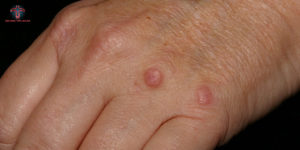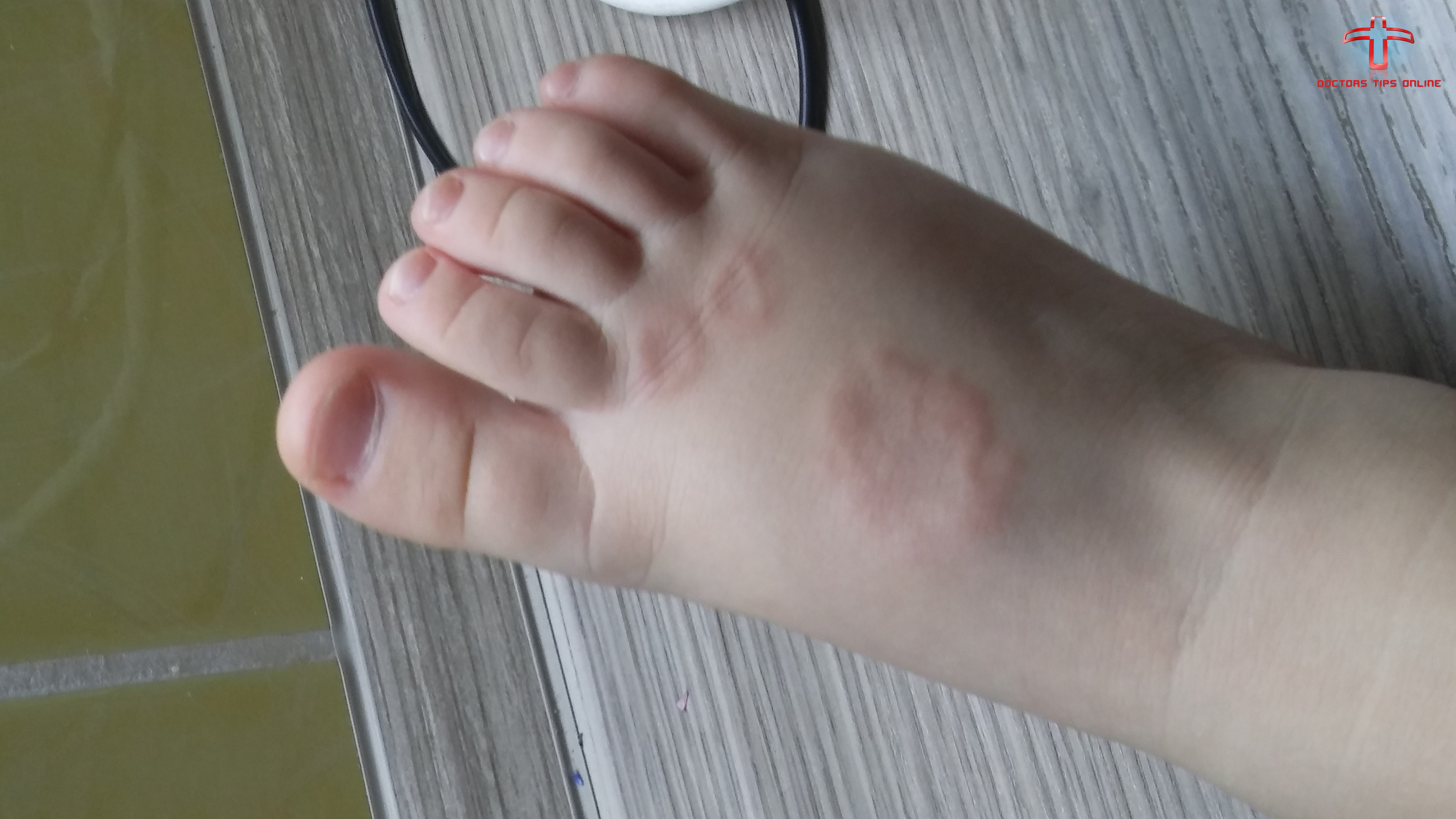Granuloma annulare (GA) is a common condition. GA is self-limit cosmetic disease without any systemic medical complications.
GA has been epidemiologically link to diabetes mellitus, necrobiosis lipoidica diabeticorum, and rheumatoid nodules. It appears most often over knuckles and other joints or in places that are subject to frequent mild injury. They are back of the hands or top of the feet. It is seen most often in older children and young adults. Granuloma annulare (GA) is a benign self-limit dermatosis characterize by raise annular configuration. Sometimes it appears at the site of previous penetrating injury. PG is often observe in infancy and childhood but also may be observe in adults, particularly in pregnant women. PG is benign vascular tumor, mostly occurring in childhood. Lesions may bleed and ulcerate.PG may affect white populations more than other racial groups. But this is not well proven and the observation may reflect sampling bias.
How it spreads and gives issues?
GA is occasionally quite widespread (generalize GA) and this may an entirely different condition. GA has been associate with diabetes mellitus and thyroid disease. It based on increased number of patients with these diseases in small case series. Most patients are over age 40, and there is often severe itching. Patients with generalized GA characteristically present with a few to thousands of 1- to 2-mm papules or nodules. It is range in color from flesh-toned to erythematous and involve multiple body regions and patients .With subcutaneous GA present with a firm, nontender, flesh-colored or pinkish nodule without overlying epidermal alteration. Granulomas are small nodules form by immune cells when the immune system tries to ward off foreign substances in body. The immune system is unable to eliminate these substances. So it creates wall around them to separate them from healthy tissue.

Affect by different antigenic:
In other words, granulomas are inflammatory response which may trigger by various antigenic agents or by inert foreign substances. Genetics may also important when it comes to sarcoidosis granuloma formation. Granulomas are compose of star-shape or lamellar structures and they are main cause of sarcoidosis. However, they may form in other diseases as well, including: tuberculosis, leprosy, Schistosomiasis, Histoplasmosis, Cryptococcosis, Cat-scratch disease, Crohn’s disease. Sarcoidosis causes the formation of granulomas in diverse organs of the body. Most common places are lungs and lymph nodes (particularly in the chest). But they also found in liver, spleen, skin (causing skin rashes) and eyes (causing inflammation of the eyes). Sarcoid granulomas may disappear by themselves or they can persist. If they form in the lungs, they can cause coughing, wheezing, shortness of breath, and chest pain. There are many symptoms of it and you have to be aware of it.
Other symptoms include fatigue, night sweats, weight loss, fever and skin rash (red bumps on the face, chest, arms and legs). When the granulomas are left untreated and they don’t clear up by themselves, they can cause scarring and affect how the organ works.




